From November 15th to 17th, 2023, the serene expanse of Nareto Conservancy in Laikipia County became a hub of scientific exploration and environmental learning. Youth Future Lab, in collaboration with Nature Hub, hosted a three-day environmental research initiative that brought together staff from both organizations, along with enthusiastic students and pupils from Ilpolei Primary School, Ilpolei Junior Secondary School, Naibor Secondary School, and Our Lady Primary School. This event offered participants an invaluable opportunity to merge theoretical knowledge with hands-on experience in weather, soil, and water analysis.

The research activities were designed to instill practical environmental science skills, foster a deeper understanding of local ecosystems, and achieve specific objectives that included equipment testing and training, baseline data collection, community engagement, and site assessment.
At the heart of the project was a weather station set up at the conservancy before the event, equipped with instruments such as anemometers, rain gauges, barometers, and wind socks. These tools enabled the participants to study elements of weather comprehensively. Under the guidance of experts, the young researchers learned how to measure wind speed and direction, record atmospheric pressure, and quantify rainfall. By analyzing the collected data, they developed a complete picture of the prevailing weather conditions in the conservancy, appreciating how these factors influence the local environment. The testing and training objective was successfully achieved as students were introduced to digital voice recorders, weather monitoring equipment, and other tools essential for environmental research.
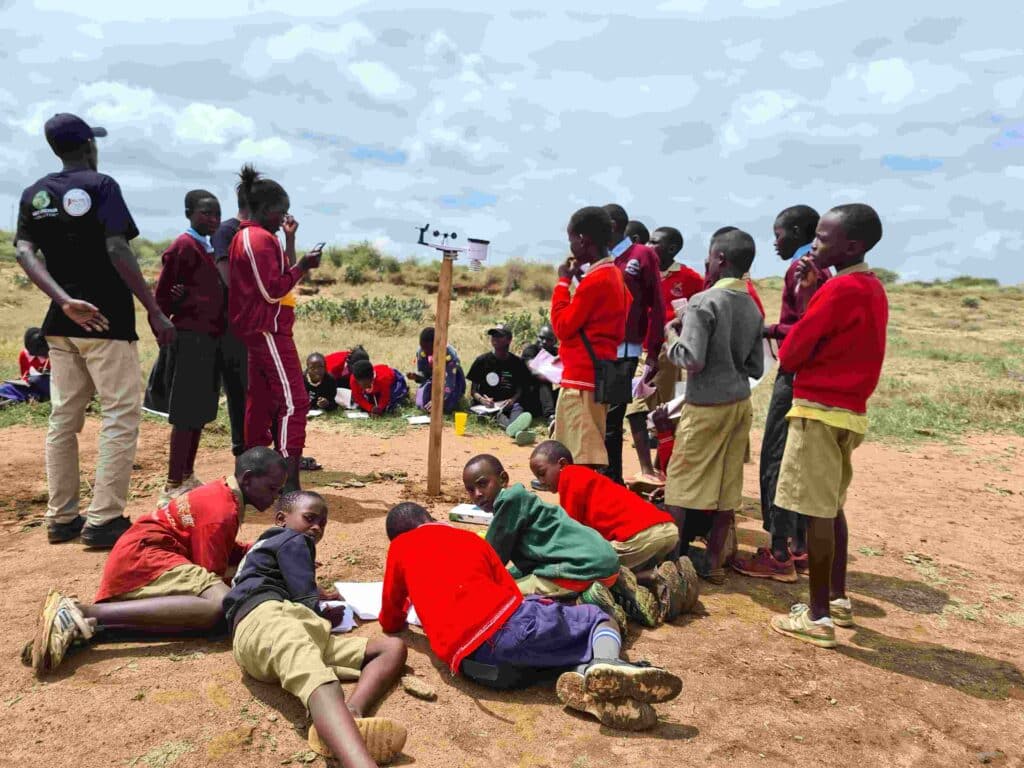
Another fascinating component of the research involved the exploration of wildlife at the conservancy. Using binoculars, participants observed and recorded the types and approximate numbers of wild animals in their natural habitat. This activity offered a unique window into the biodiversity of Nareto Conservancy. Among the wildlife spotted were herds of grazing antelope, zebras, and buffaloes, as well as a few giraffes moving gracefully across the savannah. Birdwatching added another layer of excitement, as participants identified several bird species, including vultures, eagles, and vibrant sunbirds. The use of binoculars not only enhanced the participants’ observational skills but also contributed to the baseline data collection, providing a valuable record of wildlife diversity and population estimates for future conservation efforts.
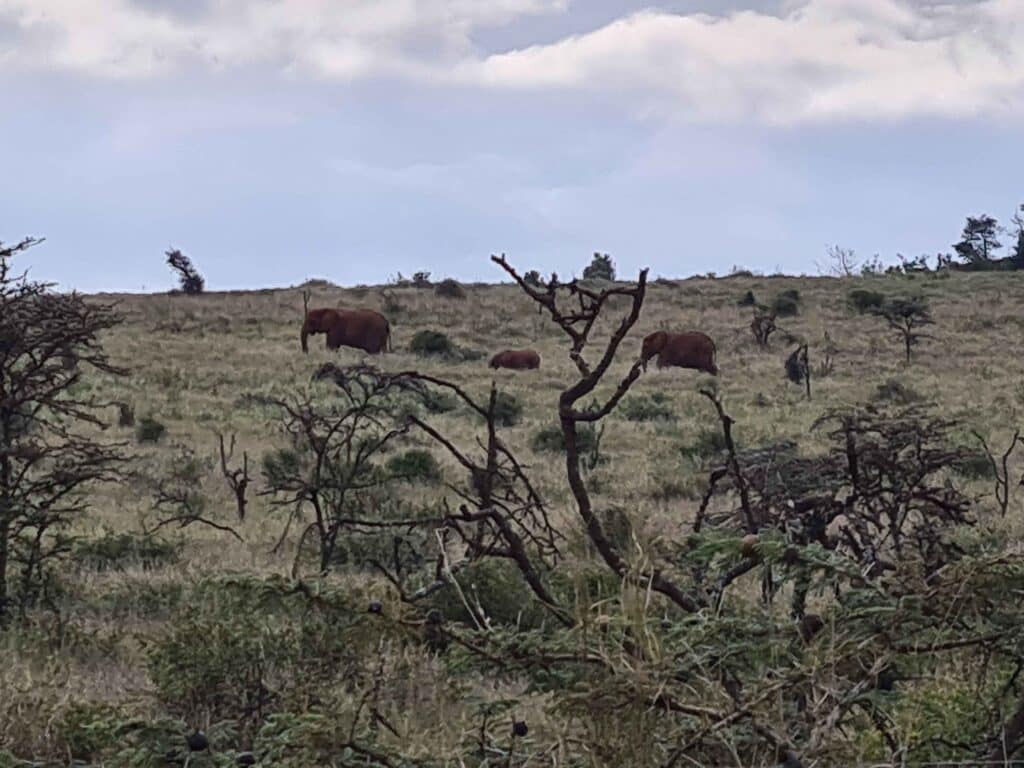
The study of soil was another key component of the program. Using a soil tester, participants explored the characteristics that make soil suitable for agriculture and vegetation. They tested for soil pH to determine its acidity or alkalinity, examined moisture content to assess water retention capacity, and analyzed soil fertility by identifying the presence of essential nutrients. These activities revealed critical insights into the region’s agricultural potential, highlighting both strengths and areas where improvements could be made, such as addressing uneven moisture distribution. The training also included practical lessons on using soil moisture meters and pH testing equipment, further enriching the participants’ skill sets.
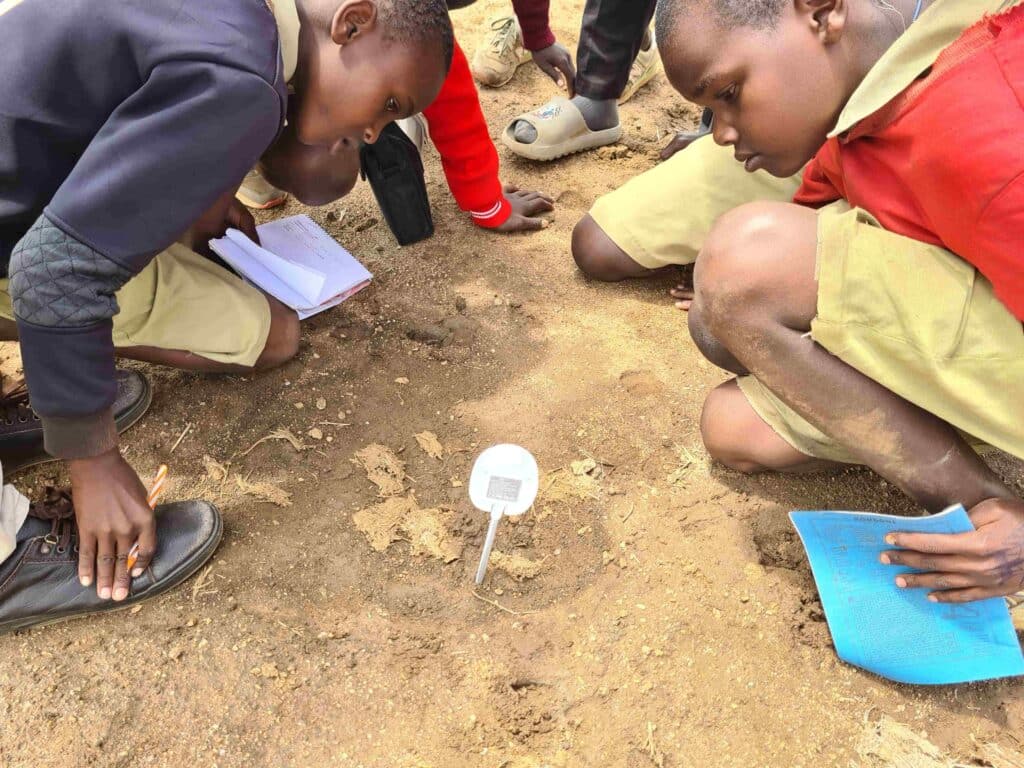
Water testing also played a significant role in the research. Samples collected from water sources within the conservancy were analyzed for various properties, including pH levels and potential contaminants. This analysis provided a snapshot of water quality, revealing largely clean and safe conditions but also identifying some areas where pollutants had infiltrated. Mapping local water sources and testing their quality contributed to the site assessment objectives, ensuring the establishment of reliable monitoring points for ongoing research.
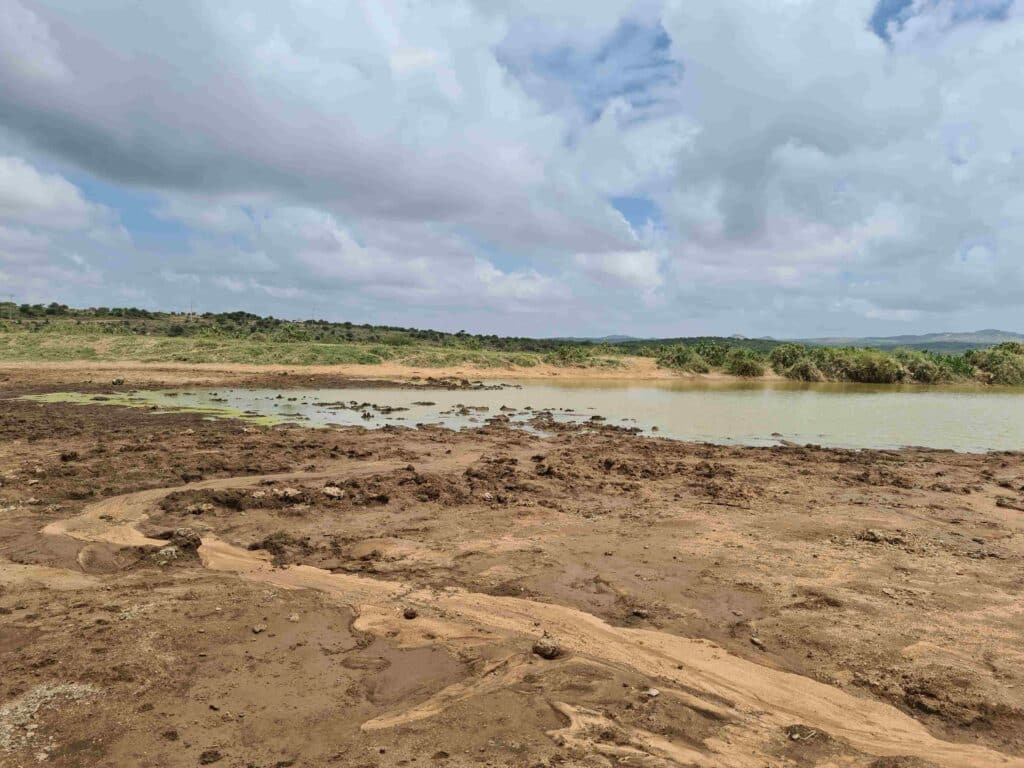
Community engagement was an integral part of the event, with students from Illpolei Secondary School actively participating in the research alongside local community members and conservancy staff. This interaction fostered a deeper connection between the participants and the environment they were studying. The collaboration with Nareto Conservancy not only facilitated access to critical resources but also strengthened partnerships, laying the groundwork for future initiatives between Youth Future Lab and local stakeholders.
The outcomes of this environmental research were profound. Through the detailed examination of weather, soil, water, and wildlife, the participants gained a clear understanding of the environmental health of Nareto Conservancy. Moderate weather patterns with intermittent light rainfall were observed during the study, which are characteristic of Laikipia County in November. The soil analysis indicated a generally fertile and neutral pH profile, suitable for a variety of crops, although some sections showed a need for better irrigation strategies. The water quality analysis underscored the need for sustainable water management practices to ensure long-term safety and availability.
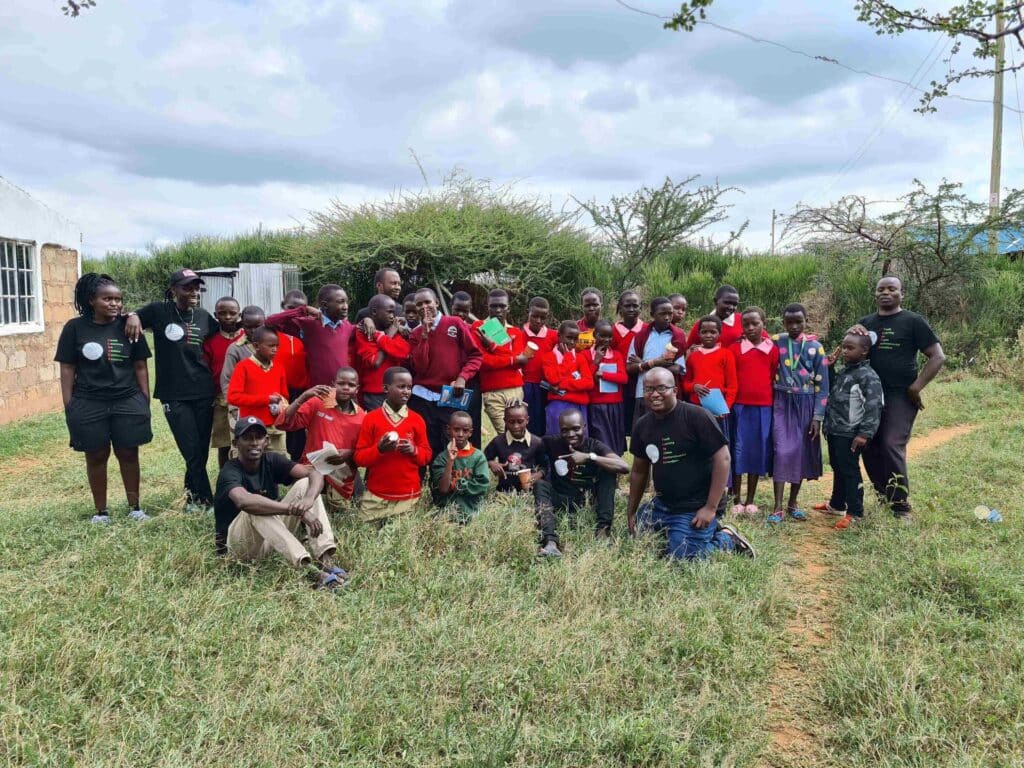
The wildlife exploration further highlighted the ecological value of Nareto Conservancy. The participants’ records provided an estimate of the wildlife population and species diversity, which could inform future conservation and tourism efforts in the region. Additionally, the mapping of water sources and wildlife observation points contributed to the site assessment objective, ensuring that critical monitoring locations were identified and documented for ongoing and future research.
Beyond the technical findings, the event had a transformative impact on its participants. For many of the students, it was their first opportunity to engage directly with scientific instruments and methods. This hands-on experience bridged the gap between classroom learning and real-world application, inspiring curiosity and a deeper appreciation for environmental science. It also cultivated a sense of environmental stewardship, encouraging participants to become active advocates for sustainable practices in their communities.
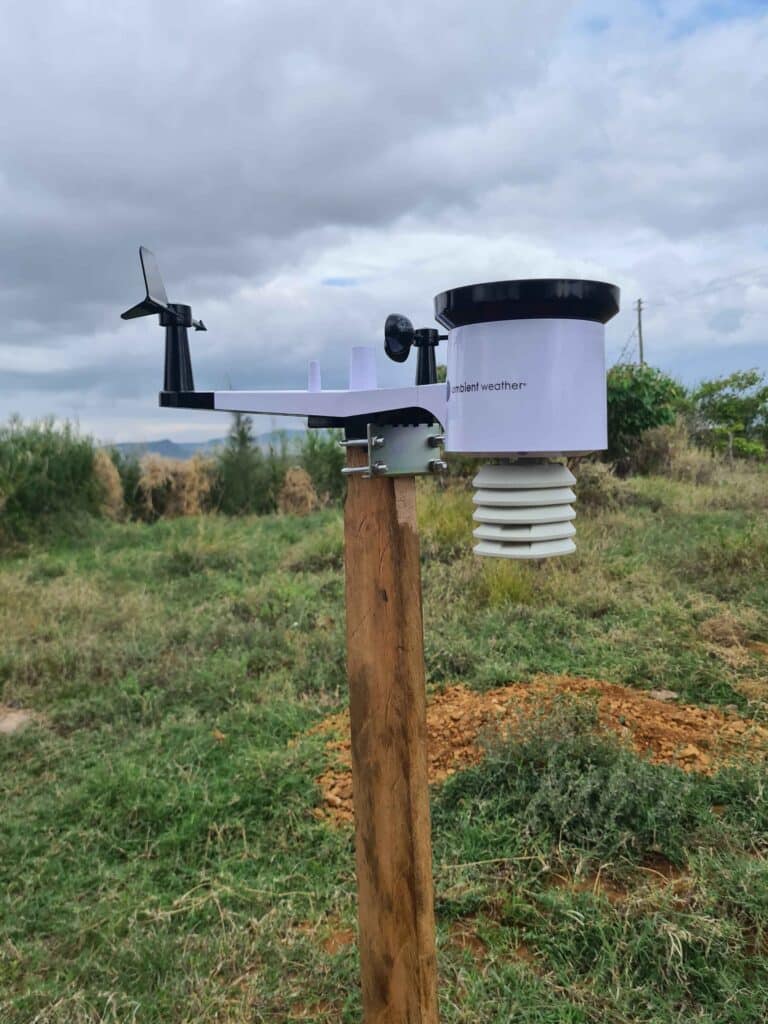
The collaboration between Youth Future Lab and Nature Hub demonstrated the power of partnerships in advancing education and environmental conservation. By equipping the next generation with the knowledge and tools to understand and address environmental challenges, this initiative laid the foundation for a more sustainable future for Laikipia County and beyond. Moving forward, the findings from this research will be shared with local stakeholders to inform better resource management and conservation efforts, ensuring that the lessons learned extend far beyond the boundaries of Nareto Conservancy.




